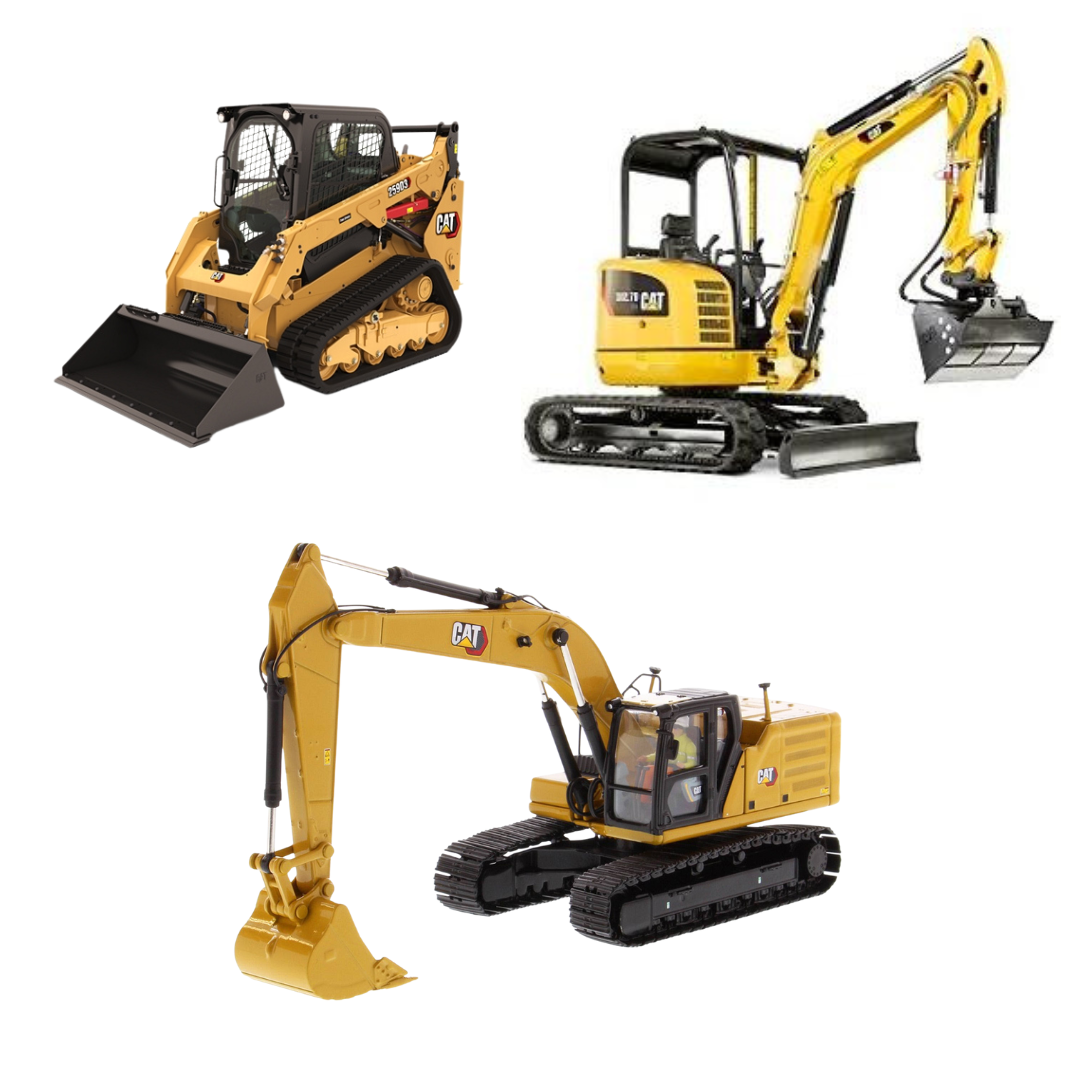Heavy Equipment Rental: Large Machinery for Any Construction Project
Optimize Your Spending Plan by Recognizing the Expenses Related To Building Equipment Rentals
Understanding the full extent of expenses connected with building and construction devices leasings is important for maximizing your spending plan. What methods can be used to successfully handle these costs and ensure a more reliable rental experience?
Review of Rental Prices
When thinking about construction tools services, comprehending the associated prices is vital for efficient budgeting and project planning. Rental prices can differ substantially based upon numerous variables, consisting of tools kind, duration of rental, and location. The initial rental fee commonly shows the equipment's market demand and its connected operational capabilities, influencing the overall cost.
In addition to the base rental rate, ancillary prices may occur, such as transportation fees, gas surcharges, and upkeep fees. It is necessary to make up these extra expenses to precisely evaluate the total price of renting out tools. Additionally, the rental duration can affect pricing; longer services might qualify for discounted prices, while short-term rentals could incur greater day-to-day costs.

Breakdown of Rental Rates
A comprehensive understanding of rental rates is important for professionals and job supervisors aiming to enhance their budget plans. Rental rates for building devices normally contain numerous parts, including base rates, time-based charges, and usage charges.
Base rates are the core fees connected with the service of the equipment, commonly established by the type and size of the machinery. These rates can vary dramatically, affected by elements such as tools demand, accessibility, and regional market patterns. Time-based costs, which may be daily, weekly, or monthly, serve to suit various task timelines and rental periods.
In addition, rental prices may include usage costs, which are relevant when tools is used beyond a defined threshold, guaranteeing that the rental company can make up deterioration. Seasonal demand variations can likewise affect rental prices, with peak building seasons typically regulating higher rates.
Furthermore, understanding the rental firm's policies regarding upkeep and insurance coverage can provide more understanding into the general cost structure. By assessing these parts, contractors can make enlightened decisions, making certain the selection of rental tools aligns with both job needs and budget plan constraints.
Added Costs to Consider
Comprehending the ins and outs of added costs is essential for specialists to manage their overall leasing expenditures effectively. Beyond the conventional rental prices, various supplemental costs can significantly impact the overall expense of devices leasing. These charges commonly consist of distribution and pick-up costs, which can differ based upon distance and logistics involved in delivering the tools to and from the work website.
In addition, read the article some rental companies may enforce gas additional charges if the equipment is returned with less gas than when rented out. It is also necessary to be mindful of possible cleaning charges, especially for customized equipment that requires complete upkeep after usage.

Extensively reviewing the rental arrangement and making clear these added charges in advance can assist specialists make certain and prevent unforeseen costs that spending plans continue to be undamaged throughout the project lifecycle.
Repair And Maintenance Expenses
Regular repair and maintenance costs are frequently overlooked variables that can dramatically influence the overall price of building and construction devices rentals. When renting out devices, find out here it is important to think about not only the rental costs however also the possible expenses connected with keeping the machinery in optimal operating problem.
Numerous rental firms consist of basic upkeep as part of the rental arrangement; however, extra considerable repair services or unexpected failures can result in additional costs. It's essential to examine the rental agreement very carefully to recognize what maintenance solutions are covered and what duties drop on the occupant.
In addition, devices that is not well-maintained can cause inefficiencies on the work site, possibly enhancing and creating delays job prices. To alleviate these threats, it is recommended to perform regular assessments and keep open interaction with the rental supplier regarding any type of problems that arise during usage.
Insurance Policy and Liability Prices
Insurance and responsibility expenses are critical parts that can significantly affect the total cost of building devices rentals (equipment rental company). These costs make certain that both the rental company and the customer are shielded from possible monetary losses developing from mishaps, damage, or theft during the rental period

Additionally, customers ought to know any kind of deductibles or exemptions in the insurance plan, as these can impact potential out-of-pocket expenditures. Understanding the terms of any kind of insurance coverage is essential to avoid unexpected prices. Eventually, budgeting for insurance and responsibility costs can aid guarantee a smoother rental experience and shield against monetary threats related to building jobs.
Verdict
To conclude, a comprehensive understanding of the expenses related to construction devices rentals is vital for reliable budget plan management. By analyzing rental rates, additional fees, maintenance expenditures, and insurance coverage individuals, demands and organizations can reduce unforeseen expenses. This critical strategy not just boosts cost-effectiveness yet also ensures that projects progress smoothly and efficiently. Eventually, notified decision-making concerning devices leasings adds to the general success of building ventures.
Rental expenses can vary substantially based on numerous aspects, including tools kind, duration of rental, and location (equipment rental company). The rental duration can influence rates; longer leasings might qualify for affordable rates, while temporary rentals could incur higher day-to-day fees
By performing complete research and involving with trustworthy rental business, service providers can successfully browse the complexities of rental prices, inevitably maximizing their monetary sources.
Beyond the typical rental rates, different supplementary fees can dramatically impact the overall price of equipment leasing. Rental firms often offer responsibility insurance that covers injuries to 3rd parties or damage to property, while devices damages insurance can cover the expense of repair services or substitute if the rented tools is damaged.